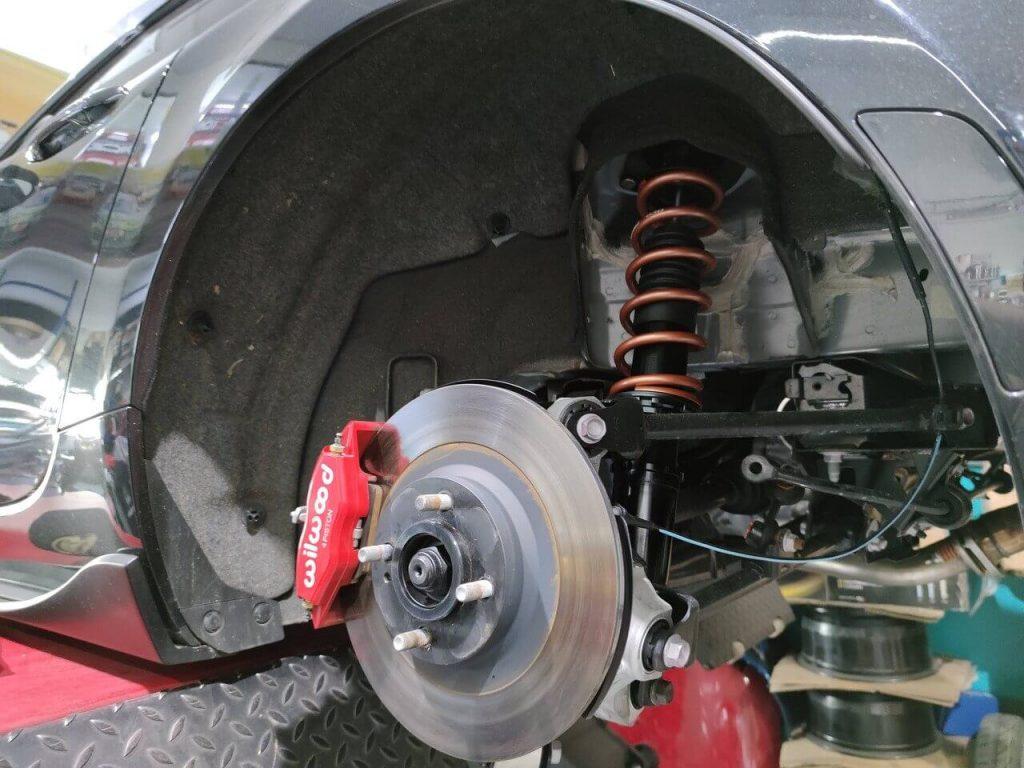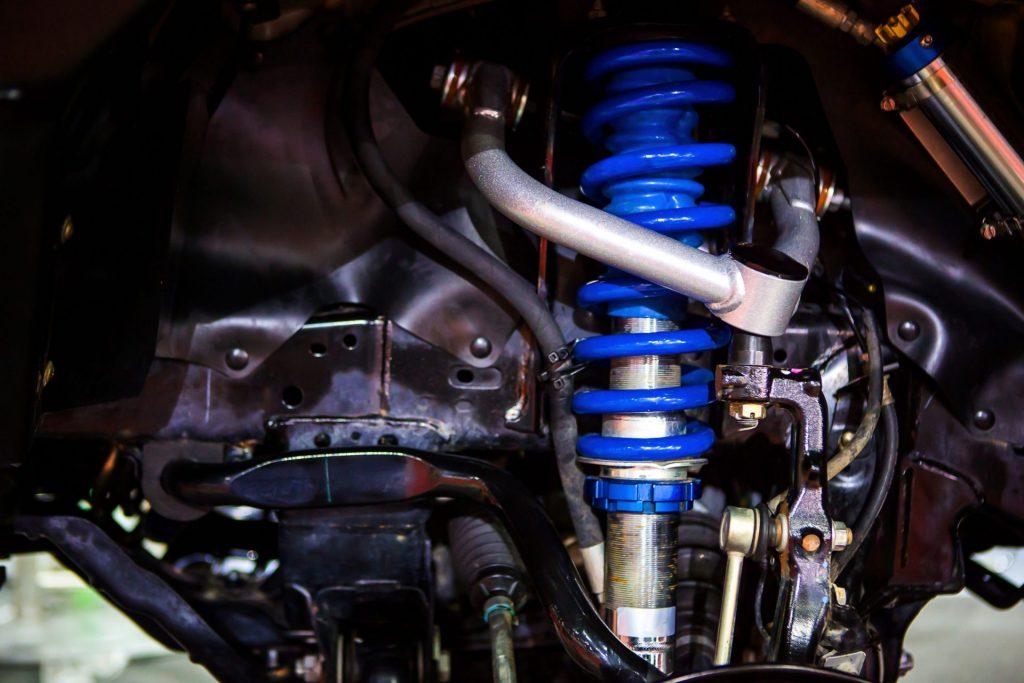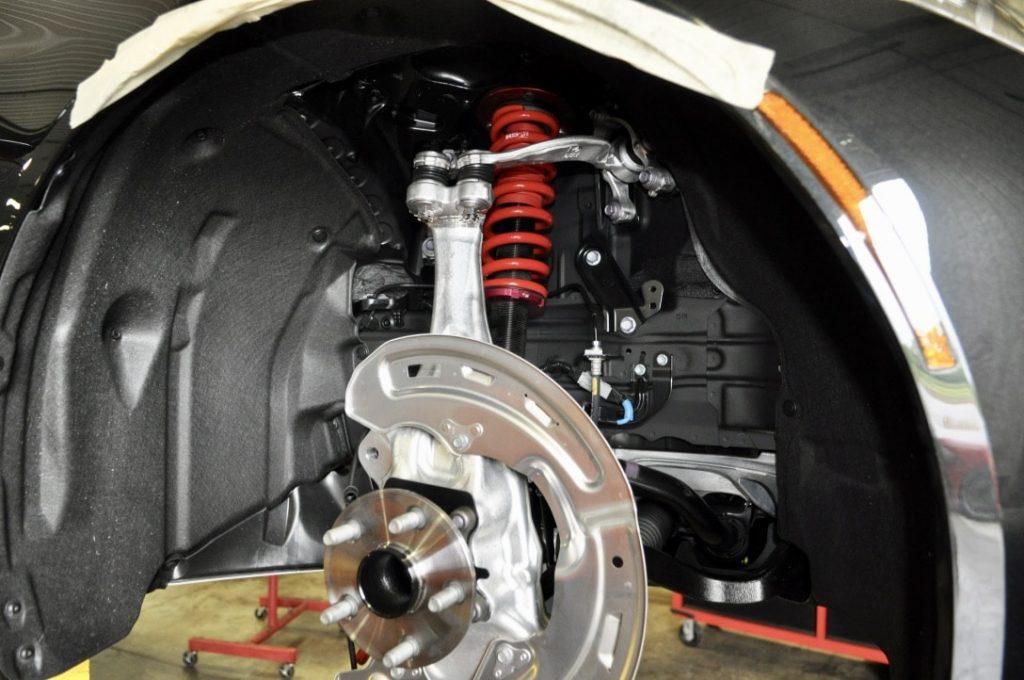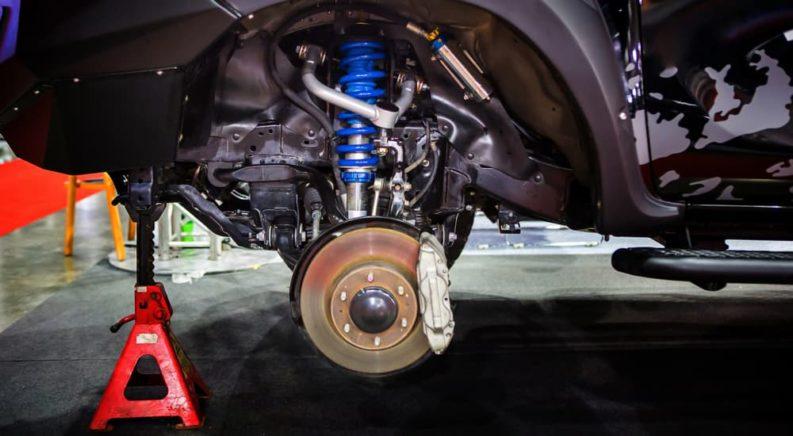How Often Do Coilovers Need to Be Replaced?
By Sebastian Orellana
Updated Feb 18, 2024

Coilovers are essential to modern car suspension systems and must be regularly maintained and replaced to ensure optimal performance and safety. This article explores the general rule of thumb, best practices, and potential problems to look out for when replacing coilovers.
Table of Contents
READ: What Suspension Do Race Cars Use?
What Are Coilovers?

Coilovers are a type of car suspension system that consists of a shock absorber, a coil spring, and a mounting system. The purpose of coilovers is to absorb shocks and vibrations from the road surface, reducing the amount of body roll and improving vehicle handling.
Coilovers are also adjustable, allowing for fine-tuning of ride height, cornering balance, and even ride comfort.
Understanding Coilover Components

Coilovers are composed of several essential components that must be maintained to ensure their performance. The main components include the shock body, the spring, the spring perch, the upper and lower mounts, the dampening rod, and the dust cover.
Understanding how each component works and interacts is essential to knowing when your coilovers need replacing.
How Often Do Coilovers Need to Be Replaced?
The general rule of thumb is to replace your coilovers every two to three years, depending on the amount of driving you to do. This is because coilovers are subject to wear and tear, and the springs can weaken over time.
If your coilovers have been in use for more than three years, it is recommended that you replace them as soon as possible.
Inspecting the Shock Body
The shock body is the primary component of a coilover and is responsible for providing dampening and rebound control. Inspecting the shock body for signs of wear and tear, corrosion, or other damage is significant. If the shock body is damaged, it is essential to replace the entire coilover, as it may no longer be able to provide the necessary dampening and rebound control.
READ: Best Donk Suspension
Checking the Spring
The spring is an essential component of a Coilover and provides the necessary tension for a comfortable ride. It is essential to check the spring for signs of wear and tear, corrosion, or other damage. If the spring is damaged, it is essential to replace the entire coilover, as it may no longer be able to provide the necessary tension.
Examining the Spring Perch
The spring perch is the component that holds the spring in place and is responsible for providing stability. Inspecting the spring perch for signs of wear and tear, corrosion, or other damage is essential. If the spring perch is damaged, it is essential to replace the entire coilover, as it may no longer be able to provide the necessary stability.
Investigating the Upper and Lower Mounts
The upper and lower mounts provide the necessary connection between the shock body and the suspension components. Inspecting the upper and lower mounts for signs of wear and tear, corrosion, or other damage is essential. If the mounts are damaged, it is essential to replace the entire coilover, as it may no longer be able to provide the necessary connection.
Analyzing the Dampening Rod
The dampening rod controls the rebound and dampening of the coilover. Inspecting the dampening rod for signs of wear and tear, corrosion, or other damage is significant. If the dampening rod is damaged, it is essential to replace the entire coilover, as it may no longer be able to provide the necessary rebound and dampening control.
Evaluating the Dust Cover
The dust cover keeps dirt, debris, and other contaminants out of the coilover. Inspecting the dust cover for signs of wear and tear, corrosion, or other damage is important. If the dust cover is damaged, it is essential to replace the entire coilover, as it may no longer be able to provide the necessary protection from contaminants.
Best Practices for Replacing Coilovers

When replacing your coilovers, you should follow a few best practices. First, make sure to use the right tools for the job. This includes a jack and jack stands, wrenches, and a torque wrench. Second, follow the manufacturer’s instructions when replacing the coilovers.
Third, check the condition of the mounting hardware and replace any worn or damaged parts. Fourth, take your time and check for any leaks or other signs of damage. Finally, adjust the coilovers to your desired ride height and stiffness.
Potential Problems To Look Out For

When replacing your coilovers, there are a few potential problems to look out for. First, check the mounting hardware's condition and replace any worn or damaged parts. Second, check for any leaks or air bubbles in the system.
Third, make sure to check for any signs of rust or corrosion. Fourth, check for any wear and tear, such as frayed or broken wires. Finally, make sure to check the condition of the shock absorbers and replace them if they are worn or damaged.
READ: What Are Coilovers?
Conclusion
In conclusion, coilovers should be replaced every two to three years, depending on the amount of driving you to do. It is essential to follow the manufacturer’s instructions when replacing the coilovers and take the time to check for any signs of wear, tear, or damage.
Following these best practices ensures that your coilovers will provide optimal performance and safety for many years.
